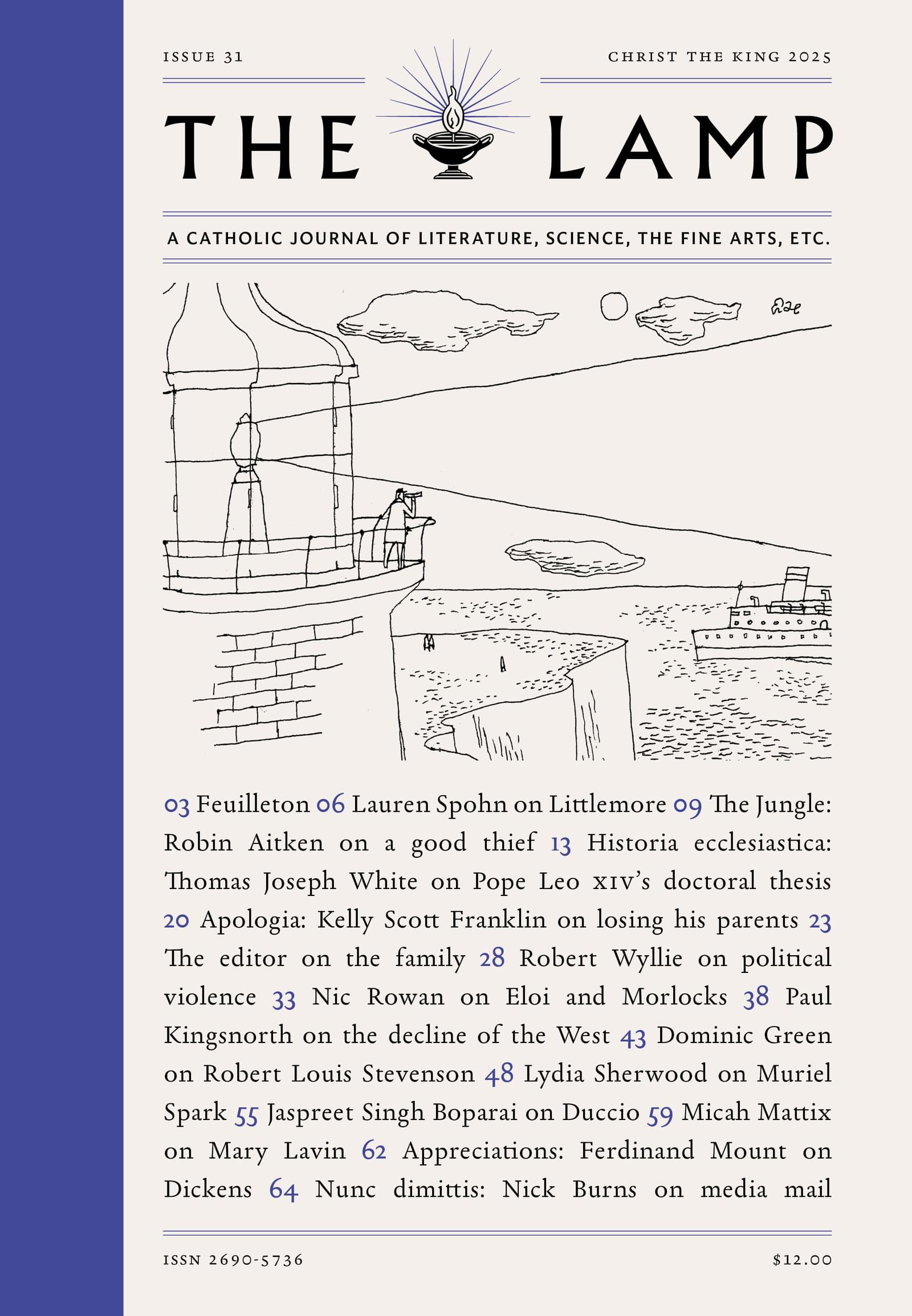In the late Sixties, engineers in the U.S. Navy proposed building a giant antenna to communicate via extremely low frequencies with the growing fleet of American nuclear submarines. “Giant” does not do it justice, really: the antenna was to cover two-fifths of the state of Wisconsin, fourteen million acres of buried grid. In the end, the Navy settled for some enormous buried dipoles in Wisconsin and Michigan’s Upper Peninsula, “only” fifteen to thirty miles long. You can still see the control station at Republic, Michigan, or at least Google Maps has a few pictures and a location for it. It’s an anonymous-looking pile of squat buildings of the ugly brown brick used universally for American office parks and municipal works buildings—hardly a temple to the monumental feat of high modern engineering.
The control station is in deep forest, not far from the ancient copper mines that a handful of crank historians claim supplied the Minoans in the Bronze Age. The theory is that, of the contemporaneously active mines in the Minoan era, only Michigan’s copper was of the purity found at relevant Eastern Mediterranean archaeological sites. The critically inclined reader may spot some holes or at least difficulties off the bat, but the copper has to have gone somewhere, and the Minoans aren’t denying anything. Why not a lost nation of engineers, seafarers, and traders whose great works are memorialized only by their residues—some empty mines in a remote forest?
The American continent is haunted by such titans—literal titans, even. Abraham Lincoln assumed their existence as a matter of course. “When Columbus first sought this continent—when Christ suffered on the Cross—when Moses led Israel through the Red Sea—nay even when Adam first came from the hand of his Maker,—then as now, Niagara was roaring here,” he wrote in his diary during an 1848 visit to Buffalo. “The eyes of that species of extinct giants whose bones fill the Mounds of America, have gazed on Niagara as ours do now. Cotemporary with the whole race of men, and older than the first man, Niagara is strong, and fresh today as ten thousand years ago.” Did the ever-ambitious Emancipator have a premonition that someday he would be the giant, many times the size of a man, sitting under a stone pile in the imperial capital?
Maybe it’s something in the water. By the time of the Founders, Americans were already visibly larger than their old-world cousins. A generation later, in his own anatomy of American gigantisms, Melville notes that the difference in scale had persisted. Paul Bunyan and Babe stalk across the American West, the avatars of Pacific expansion. The Statue of Liberty, “the American Colossus,” is the first bit of America that immigrant waves of the past encountered. So far as I know, the United States is unique in the giant roadside attraction—the world’s largest ball of string, the world’s largest basket, the dueling peaches of the I-95 corridor, huge statues of cattle, gorillas, circus elephants.
Americans live on the western edge of the world. To find more giants, you must go to the eastern edge. Monuments of the Soviet age litter Eastern Europe and Central Asia, chesty abstractions and scowling Bolsheviki much larger than human life; from time to time, some shirty Pole or Latvian gets his rocks off by organizing a party to knock one over. In Ukraine and southern Russia, you can walk right up to the rusting remains of the gigantic Soviet antenna arrays that plagued amateur radio operators for decades with overdriven tapping noises—the “Russian Woodpecker,” a (not very) secret over-the-horizon radar system. In our own time, the Chinese build enormous statues of gods and daemons in the deserts outside their planned megacities. Between America and the Far East, the Europeans—who have been too busy inventing new heresies and slaughtering each other for the past three centuries to produce something so sublime as the two-hundred-foot statue of Guan Yu, let alone the World’s Largest Catsup Bottle.
After many generations living on the very brink of the known world, Americans have become a legendary people, a species of prodigies from the forests and mountains and great, empty plains. An urban legend dating to the middle of our long war in Afghanistan holds that American soldiers found and skirmished with a race of giant redheads living in the barbaric wastes of Kandahar. The U.S. defense establishment has issued no statement on the matter. Perhaps it’s true, or something like it; perhaps it was just a weird tall tale suggested by the Taliban’s demolition of the monumental Buddha statues of the Bamiyan Valley. That episode, in retrospect, was an omen: the complete annihilation of seemingly invincible giants from the Afghan landscape. Nor is the legendary recension less disturbing—our own troops exterminating the great pale giants thinly spread through the wild hills. In the end, we destroyed ourselves.




